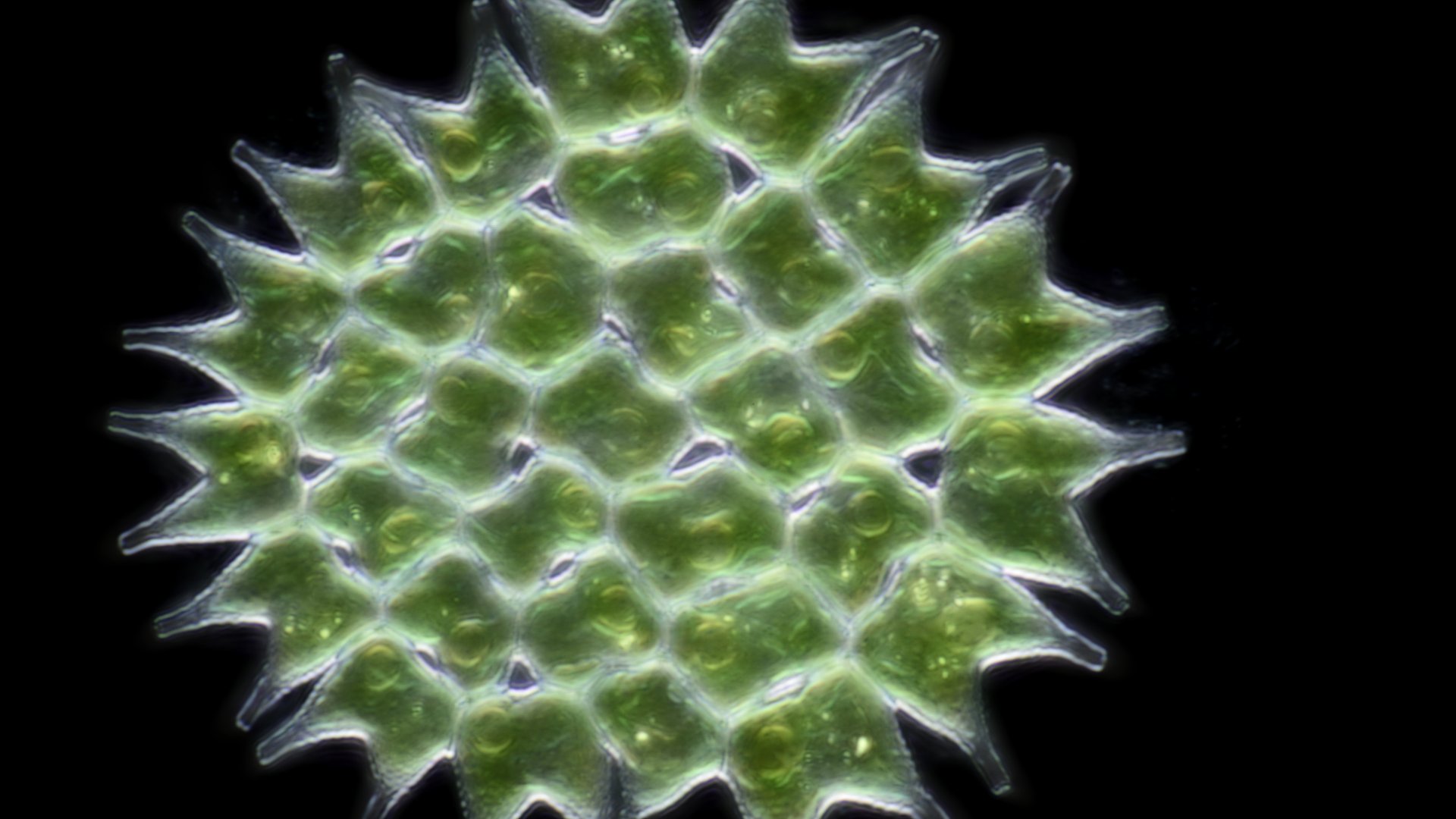Water can look murky or even dirty when colonies of algae are growing in it. Algae, however, are really useful. For the environment, traffic, cosmetics, dyes and as a source of energy. They could become the raw material of the future.
Water can look murky or even dirty when colonies of algae are growing in it. Algae, however, are really useful. For the environment, traffic, cosmetics, dyes and as a source of energy. They could become the raw material of the future.
Similar to plants
Algae is the general name for various groups of simple organisms which use sunlight as a source of energy and produce oxygen (O2) in doing so (photosynthesis). This makes them similar to plants. However, unlike plants, they do not have complex structures, such as roots, stalks or leaves.
Vitally important
Algae can be unicellular or multicellular. Multicellular algae or macroalgae are also known as seaweed. You often find it washed up on the beach. Unicellular algae or phytoplankton are present in enormous numbers. There are between 100,000 and 100,000,000 microalgae in one litre of water from the North Sea. They are of major importance to our planet. They are the foundation of the food chain and produce half of the earth’s oxygen.
Multifunctional
Many kinds of algae are edible. In Asian countries especially, algae are seen as a source of food and are grown on a large scale. Think of nori, for example, which is the black seaweed used in sushi. Algae are also used in medicines, as animal feed, in cosmetics, as dye and even as the raw material for biofuel and for energy generation. Algae are the raw material of the future.
Watch out for blue-green algae
Cyanobacteria are often called blue-green algae. Their numbers can increase dramatically in ditches in the summer. You can become ill if you swallow this water because the algae produce poisonous substances. That is why swimming in Dutch ditches or lakes is sometimes forbidden.

